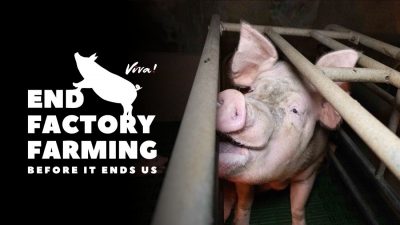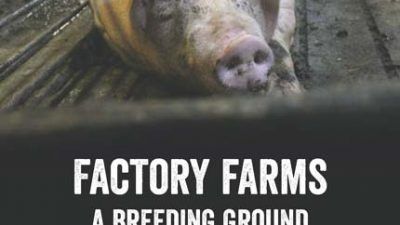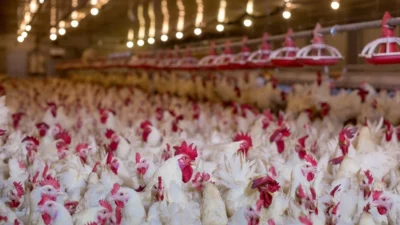Fur farms could spark the next pandemic

Dozens of viruses, some of which could spill over into humans and potentially cause the next pandemic, have been found mixing in animals farmed for their fur in China.
Researchers found 125 viruses, including 36 new ones and 39 at high risk of potentially jumping to humans. Among them, they found seven coronaviruses, three bird flu viruses, a Japanese encephalitis virus, a mammalian orthoreovirus – which can cause respiratory and gastrointestinal illness – and a norovirus, commonly known as the ‘winter vomiting bug’.
They looked not only at animals commonly farmed for fur, such as minks, muskrats, foxes, rabbits and raccoon dogs, but also at other animals including guinea pigs, deer and squirrels. Viruses have been observed jumping back and forth between wild animals, farmed animals and people. Fur farms, along with factory farms, provide a ‘transmission hub’ for spreading viruses.
Since the Covid-19 pandemic, scientists have been warning that farming animals such as minks for their fur could make it easier for new viruses to cross over from the wild and spark the next pandemic.
The study says: “The intensive breeding environment of farmed animals serves as a possible bridge for virus spillover.”
This highlights the risks of fur farms becoming a bridge between people and viruses circulating in wildlife, says virologist and co-author Professor Eddie Holmes. “This is how pandemics happen.”







